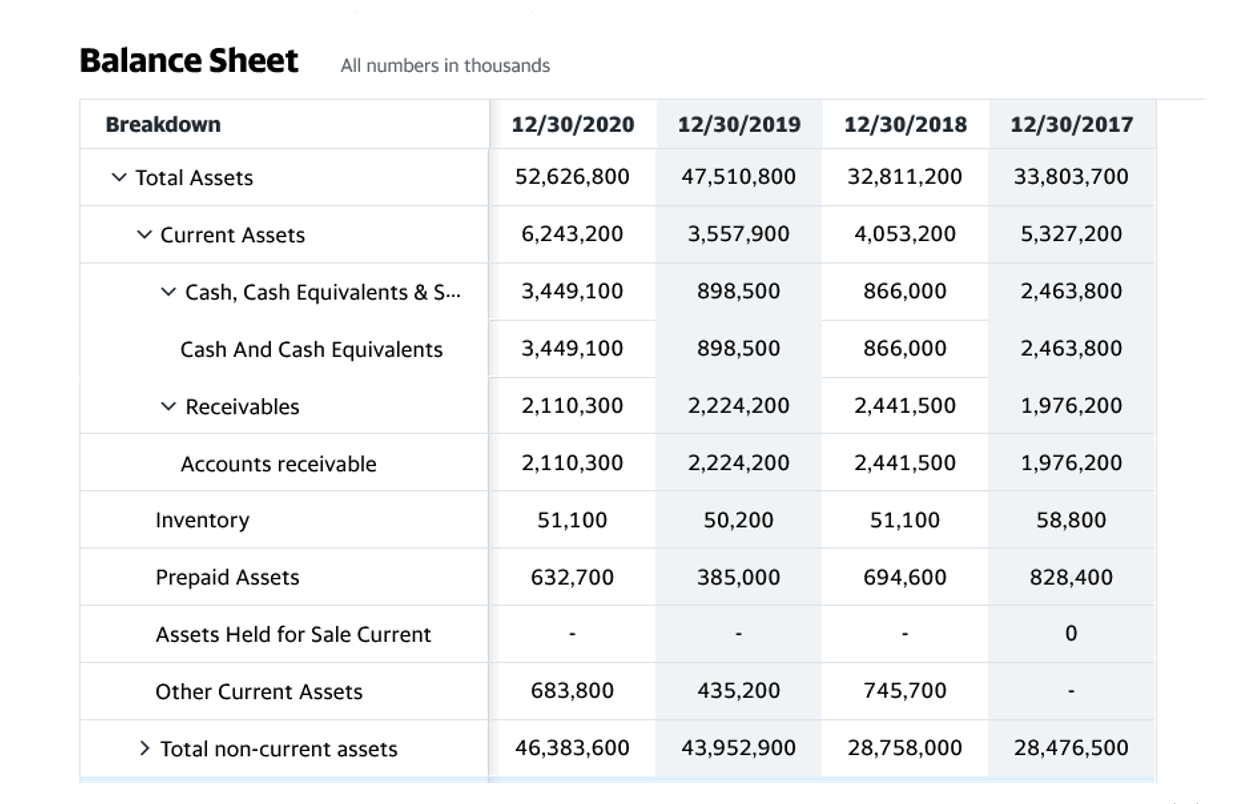
They are separate from treasury shares, which are held by the company itself. The term outstanding shares refers to a company’s stock currently held by all its shareholders. Outstanding shares include share blocks held by institutional investors and restricted shares owned by the company’s officers and insiders. These shares appear on a company’s balance sheet under Capital Stock. A company’s number of outstanding shares is not static and may fluctuate wildly over time.
Better stock investments one article a time
- Outstanding shares differ from treasury shares, which are the shares held by the company itself and which cannot be sold in the open market.
- Shares outstanding include shares owned by retail and institutional investors and restricted shares held by company officials and employees.
- Her expertise is in personal finance and investing, and real estate.
- Most P/E ratios are calculated using the trailing EPS because it represents what actually happened, and not what might be.
- If a company considers its stock to be undervalued, it has the option to institute a repurchase program.
- You can do that by navigating to the company’s investor-relations webpage, finding its financial reporting, and opening up its most recent 10-Q or 10-K filing.
In 2022 Apple Inc had a total equity shareholder’s equity of $600 million and 3 billion shares outstanding. This „issued“ stock can be less than the total authorized, but it can never be more. Therefore, if a company owns any diluting securities, that would indicate a potential increase in the number of shares outstanding in the future. Conversely, the outstanding number of shares will decrease if the company buys back some of its issued shares through a share repurchase program. Stock prices change constantly, making it difficult to keep track of the cost basis of shares acquired over time. Most notably, short interest usually is measured as a percentage of the float, rather than shares outstanding.
How to Calculate Dividends

Generally, both of these figures can be found on a company’s balance sheet. Corporations have a certain number of authorized shares of common or preferred stock. However, just because a corporation is authorized to issue stock doesn’t mean that it has to issue all of those shares.
How to calculate equity per share for stocks?
These include a company’s market capitalization, such as market capitalization, earnings per share (EPS), and cash flow per share (CFPS). The chart below shows how each is calculated using outstanding shares. A company’s outstanding shares, the total shares held by shareholders excluding treasury stock, can fluctuate due to various factors. Notably, stock splits and reverse stock splits significantly influence the number of outstanding shares. The weighted average shares outstanding figure smooths out this variance, by simply averaging the share count across the reporting period. This is a figure calculated by the company itself; investors literally do not have the access to the data required.

The company can increase or decrease the number of shares outstanding by issuing new shares or via share repurchases (buybacks). Download CFI’s free earnings per share formula template to fill in your own numbers and calculate the EPS formula on your own. You’ll find this figure at the bottom of a company’s income statement.
Earnings Per Share Formula Example
While shares outstanding account for company stock that includes restricted shares and blocks of institutional shares, floating stock specifically refers to shares that are available for trading. Floating stock is calculated by taking outstanding shares and subtracting restricted shares. Restricted stock are shares that are owned by company insiders, employees and key shareholders that are under temporary restriction, and therefore cannot be traded. The number of shares of common stock outstanding is a metric that tells us how many shares of a company are currently owned by investors. This can often be found in a company’s financial statements, but is not always readily available – rather, you may see terms like „issued shares“ and „treasury shares“ instead. Besides, it can be helpful to understand where the numbers you’re looking at came from.

Outstanding shares are one of three classifications of the share count. Issued shares refer to those shares issued by the company over time — yet, unlike outstanding shares, the number of issued shares includes shares repurchased by the company and held as treasury stock. The first formula uses total outstanding shares to calculate EPS, but in practice, analysts may use the weighted average shares outstanding when calculating the denominator. number of shares formula Since outstanding shares can change over time, analysts often use last period shares outstanding. Alternatively, the total number of shares outstanding can be easily calculated as a company’s market capitalization divided by the current share price. The weighted average shares outstanding, or the weighted average of outstanding shares, takes into consideration any changes in the number of outstanding shares over a specific reporting period.